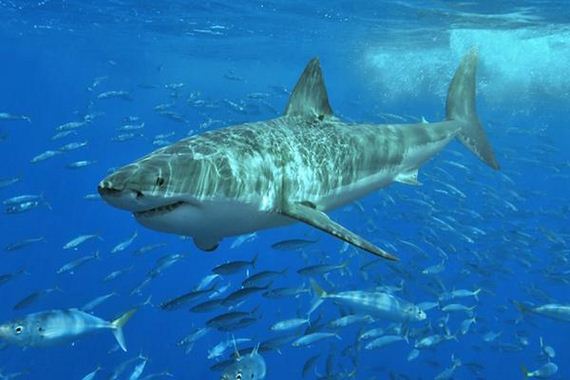
Sharks track their prey with their heartbeats. They can pick up on electrical pulses associated with a heartbeat via electricity-sensing nodules on their nose.
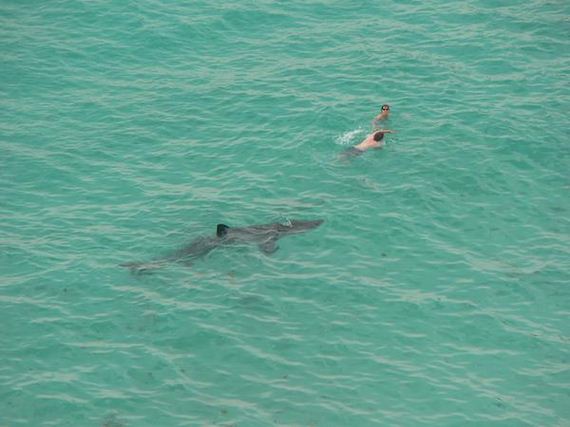
Despite the fact that an almost equal amount of men and women swim in the ocean, men account for nearly 90 percent of shark attack victims.
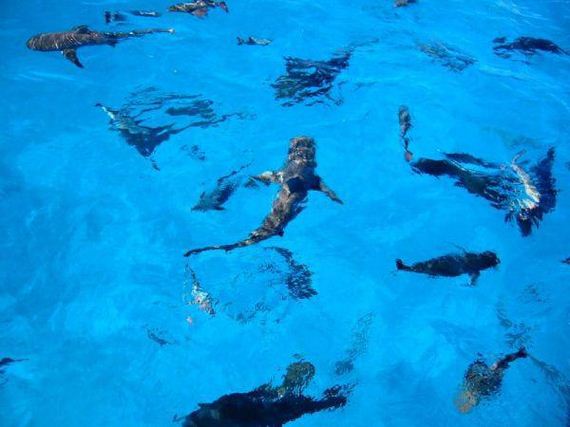
It is more likely that you are bitten by another person than a shark. You’re even less likely to die from an attack. On average, there are 40 shark attacks reported each year, with only 5-10 of them being fatal.
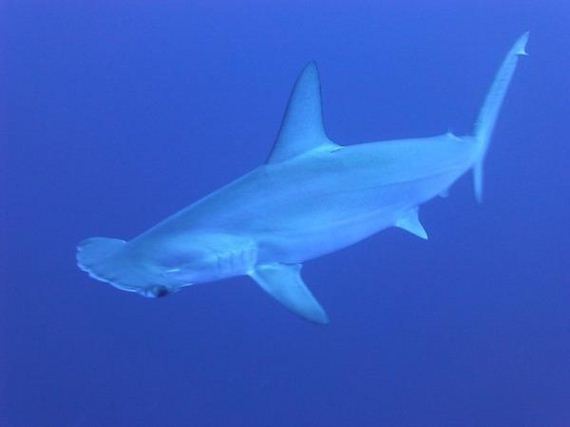
Hammerhead sharks are born with soft heads so they won’t jam their mothers’ birth canals.
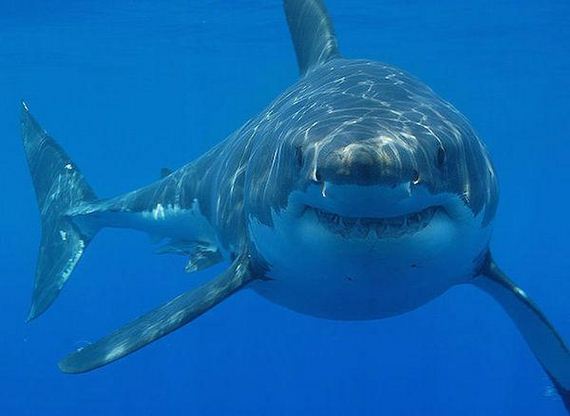
Sharks inhabited the earth 200 million years before the dinosaurs appeared and have changed only minimally during that time.
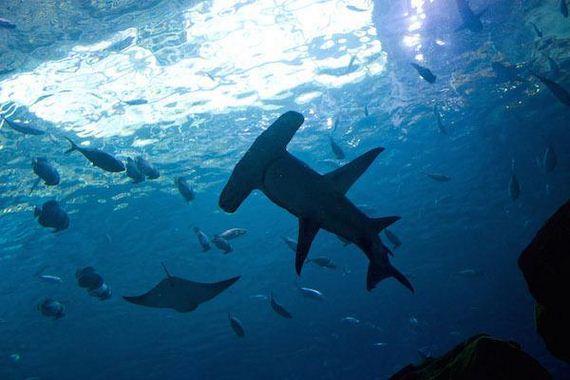
An ancient shark called Carcharodon Megalodon (“rough tooth, big tooth”) had teeth measuring more than six inches long (the largest shark teeth ever found), jaws big enough to swallow an entire car, and a body the same length as tyrannosaurus rex. Some believe this shark may still exist in the very deepest of waters.
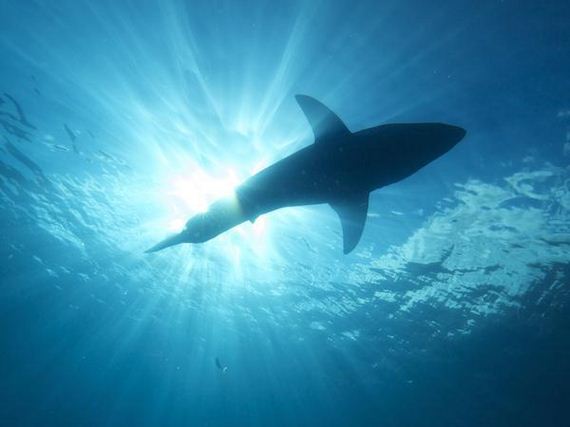
Much like airplanes move through the air, sharks glide through the water. A shark’s tail forces water to flow over its fins much like a propeller creates airflow over the wings of a plane. Their infamous dorsal fins are used for added stability.
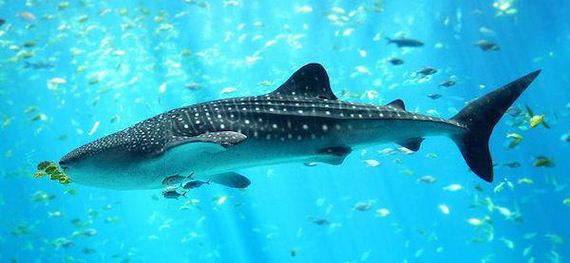
The largest known whale shark was longer than a four-story house. It was just over 40 feet long and weighed over 47,000 pounds.
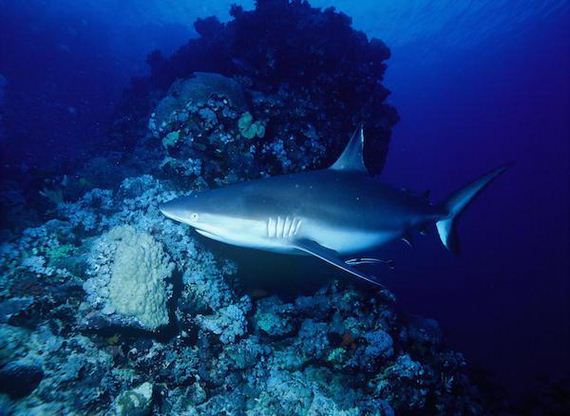
Sharks do not have a single bone in their bodies. Their skeletons are made entirely of cartilage.
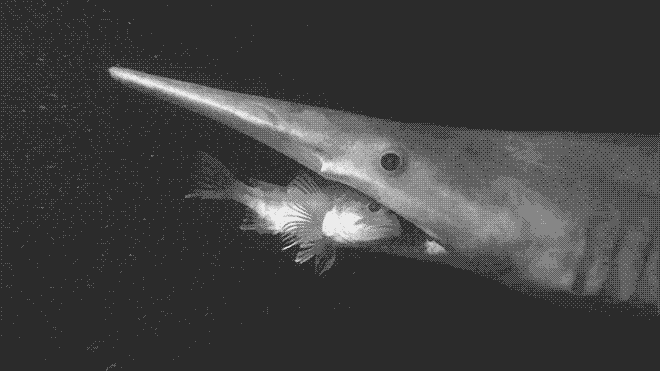
Goblin shark dens are so deep, that humans can’t explore them.
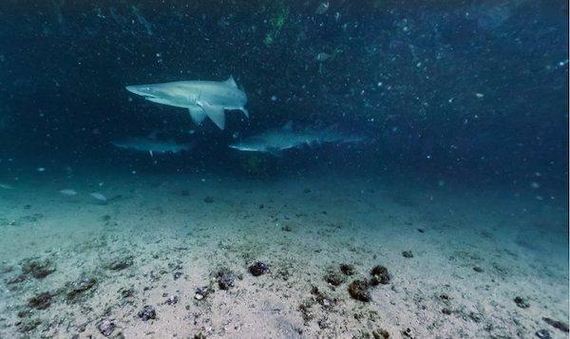
Sharks have some of the largest fish brains. While we tend to think sharks are lone hunters and prowl by themselves, they are actually very social creatures, with established hierarchies.
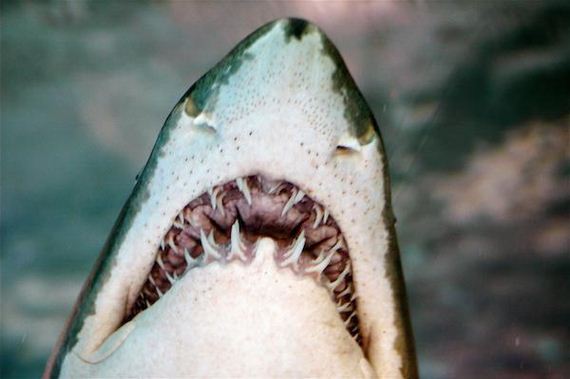
The average shark has 40-45 teeth and can have up to seven rows of replacement teeth. Because sharks lose a lot of teeth and grow them back quickly, they often go through more than 30,000 teeth in a lifetime.
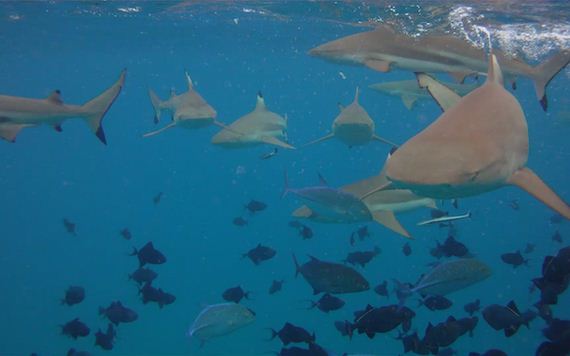
If you are unlucky enough to be bit by a shark, the shark will not likely come back for a second taste when she or he realizes that you are not, in fact, a marine mammal.
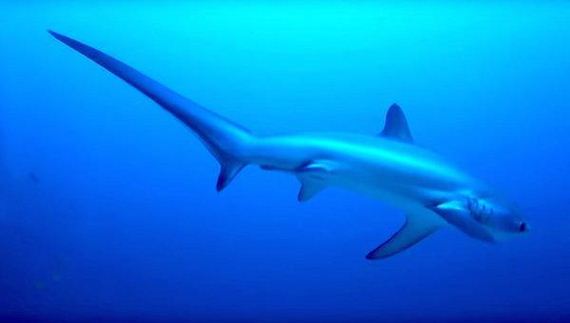
Contrary to popular belief, sharks don’t drown if they stop moving. Using the muscles around their mouths, ancient sharks could pump water over their gills so that oxygen could be absorbed. Present-day sharks often breathe differently instead by using fast swimming motions to force water over their gills.
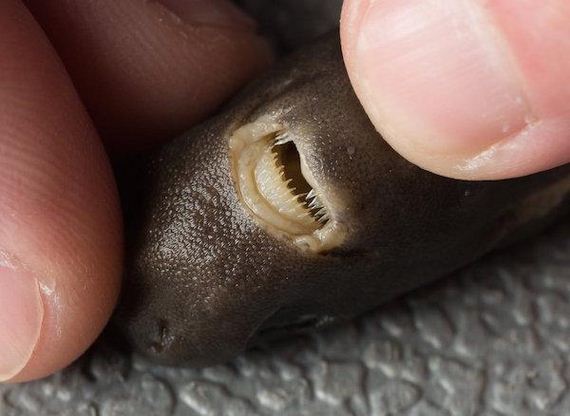
Sharks don’t get cavities. There are several species who have teeth that are coated in fluoride, thus keeping their pearly whites strong.

Sharks are vulnerable creatures. Between 20-30% of shark species are believed to be close to extinction, in large part due to being hooked on accident by commercial fisheries.
 Barnorama All Fun In The Barn
Barnorama All Fun In The Barn